Thu, 12 Mar 2015 . Last updated Thu, 25 Jun 2015 09:01

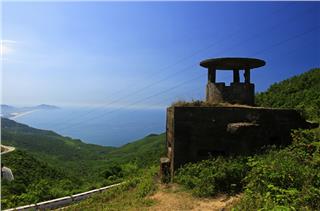
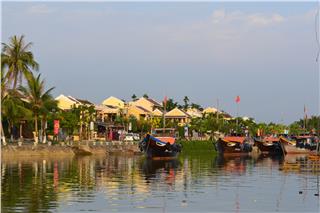
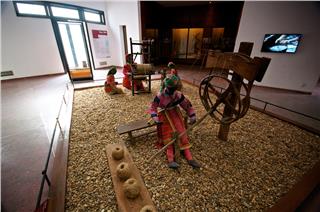
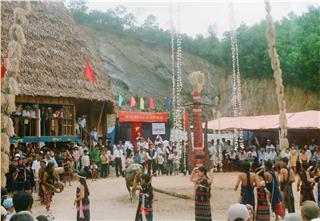

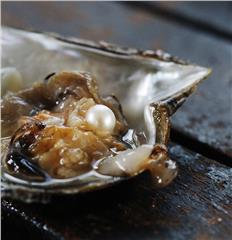

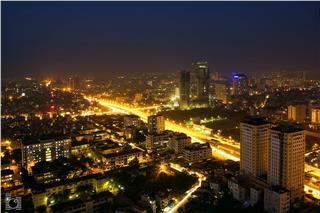
The 5th Quang Nam heritage festival opening in Hoi An Ancient Town on June 22, 2013 is an important cultural event held celebration of the 10th anniversary of UNESCO Convention for the Safeguarding of the Intangible Cultural Heritage 2003-2013. Quang Nam is the land of many UNESCO-recognized tangible cultural heritages as Hoi An Ancient Town and My Son Sanctuary. Through history changes, tangible and intangible cultural heritages that symbolize the intellect and soul of Vietnamese people are still kept in Quang Nam. These heritages become the attractions that draw numerous domestic and foreign tourists to Vietnam and make it one among the best tourist destinations in the country.
Passing the path hidden in the forests, we reach the sanctuary of the Cham people in the Central Region. My Son Sanctuary or My Son Tower – Temple complex is located in a valley surrounded by high mountains in Duy Xuyen district, Quang Nam province. There are more than 70 architectural structures of Champa civilization in an area of 2 sq km. My Son is considered the main tower-temple complex owing its spiritual origins to Indian Hinduism. Despite its modest scale, My Son Sanctuary has cultural, historical and architectural values which are considered equal to those of Angkor Wat in Cambodian, Pagan in India and Borobudur in Indonesia.
The Sanctuary is the place where many rituals of the Champa Kingdom took place and royal tombs of the Kingdom were constructed. The mysterious and magnificent remains of the monument remind me of the prosperity of lost kingdom. Temple clusters surrounding the major one called Calan make the whole area look even more sacred. Towers and temples here were built from burnt bricks. No limestone or mortar can be found between the bricks here. These bricks were stuck together by some inorganic substance that remains mysterious to today’s European archeologists. And this has been left unanswered for thousands of years.
Towers and temples here are quadrilateral and have multi-layer roofs. The higher a tower is, the slenderer it becomes. I really like high relief decorations with vivid images of trees, flowers, leaves and human beings on the surface of these towers. They reveal the rich material and emotion life of Cham people in the past.
Statues of linga and yoni, the symbols of fertility in Champa culture, appear so impressive to me. Many visitors, especially foreign ones, are surprised to know the meaning and sculptic art of these symbols. There is a wide range of stone reliefs and statues in My Son which reveal Cham people’s outlook. Together with hundreds of stelae, they show us the belief and desires of Cham people and therefore, become a precious source of historical documents for the future generations. Tourists can meet young men and girls wearing traditional Cham costumes here. Their enthralling Apsara is as mysterious as the tower-temple complex itself. The solemn and mystical My Son Sanctuary has existed for ages, reminding tourists of the good old days of a lost kingdom.
Hoi An Ancient Town, the second globally-recognized heritage of Quang Nam, is about 40km from My Son, Wanderlust, a British tourism magazine released the top 10 tourism cities of the world in 2011. Hoi An Ancient Town, with 96% of votes, got the second position in the list. Criteria for selected cities aren’t speaking light or bustling pace of life but their tranquility. Hoi An Ancient Town was recognized as the cultural heritage of the world in 1999 by UNESCO. The town proves the remarkable vitality of the old days shown in over 1,390 monuments co-existing with numerous modern structures, Hoi An stands out from cultural heritages in the world.
Local people and tourists can enjoy the elegant beauty of Asian culture during the 16th – 18th centuries. A street with numerous ancient houses by the Hoai river is isolated from the bustling roads of the town. While wandering along street, steeping on sidewalks paved with stones and admiring the beauty of antiques in roadside shops, we seem to be lost in a wonder land with amazing tranquility. It’s today different from our hectic life. Mossy houses built from rare wood with horizontal lacquered boards, “cau doi” (parallel sentences) on the walls and elaborately carved pillars.
When stepping into the town, tourists will be amazed at an entirely new world. Time fails to damage its appearance. No horn sounds. No colorful shop signs. Ultimate quietness is all you find here, in these ancient wooden houses. The pagoda bridge, the range of two-storey houses by the Hoai river, Guangdong Hall and Fujian Hall. The bridge is a typical symbol of Hoi An Ancient Town. It was built by Japanese people in the 17th century. That is a wooden bridge with tiled roof. On the bridge, there is a path between narrow corridors – where people take a rest. The bridge overlooks the poetic Hoai River. In particular, the pagoda attached to this bridge is the place where people worship Bac De Tran Vo, a tutelary god.
Guangdong hall, built by Chinese Vietnamese in 1885, or the so-called Quang Trieu Hall, is located on Tran Phu road. This hall is a famous tourist attraction built by Guangdong merchant association in 1885. Guangdong people in Hoi An often came here for their community activities. It’s at no. 176, Tran Phu Street, Hoi An city. The hall is located on the heritage road of Hoi An. People used to worship the Chinese goddess of the sea Mazu and Confucius but later, from 1911, they turned to Guab Yu and the founder of Guangdong association. With special architecture and typical local features, the hall has an amazing look. The harmony of varied construction materials like wood and stone and elaborate decorating patterns create unique beauty for the hall.
Many antiques are kept intact, like four giant horizontal lacquered boards, a bronze incense burner, 1.6m high, 0.6m wide and a Chinese ceramic base with jade enamel. There’s a festival held in the hall on the 15th day of the first Lunar month (Lantern festival) and the 24th day of the 6th Lunar month (Guan Yu’s Day) that attracts numerous tourists. We’ve visited gorgeous beauty spots and architectural structures typical of Vietnamese, Chinese and Japanese architecture dating back to the 16th and 17th centuries within a radius of 2 km.
Hoi An Ancient Town becomes splendid on the 14th day of every Lunar month in the lantern festival. This is an age-old festival of Hoi An and a reason why many tourists come to this town. Colorful paper lanterns, which cost VND 2,500 – 5,000, are sold along the river section by the center of the city. Tourists, especially young people, often buy these lanterns to release on the river with their wishes. Those in love or groups of friends even hire a small boat and slowly sail to the middle of the river to release their lanterns. Sparkling lanterns bring us back to the time of the 17th or 18th century of Hoi An Ancient Town. Unlike modern streets, Hoi An becomes so poetic at night without electricity. Tourists are enchanted by this space because they seem to be lost in an ancient space in modern time.
Source: VTC10 - NETVIET

 Đặt vé máy bay cho người Việt?
Bấm vào đây
Đặt vé máy bay cho người Việt?
Bấm vào đây
Our service uses cookies for technical, analytical and marketing purposes. See our Cookie và Privacy policies for more information. If you agree to this, just keep browsing.


